
Patchy Sun Tan on Face: Causes and How to Fix It
A sun-kissed glow may feel like the height of aspirational beauty. But uneven tanning leaves skin looking patchy and discoloured. A patchy sun tan on face happens when different areas of the skin absorb varying amounts of UV rays, resulting in an uneven skin tone. These tanning mishaps can leave unwanted tan lines, which can be really hard to fix. Finding out what causes patchy sun tan and the best ways to remove it can help restore an even skin tone. So, let's get into details now:
What is patchy sun tan on the face?
Patchy sun tan means uneven pigmentation due to sun exposure. The skin creates melanin in response to UV rays as a natural defence, and depending on the consistency of UV exposure, some areas of skin can become darker while others remain lighter.
Overview of sun exposure and its effects on the skin
Exposure to the sun causes the production of melanin--the natural pigment that determines the skin's tone. Though moderate sun exposure can help us achieve an even tan, too much or uneven exposure can result in hyperpigmentation or sunburn. UV rays also deplete collagen, resulting in premature ageing, dullness, and dehydration.
Why sun tanning can become patchy or uneven
Tanning can get patchy for many reasons, such as uneven application of sunscreen, dry skin, and pre-existing pigmentation issues. The reason is simple: when some areas of the face are more exposed to sunlight than others, and they have higher production of melanin, the substance responsible for tanning, the result is an uneven complexion.
Causes of patchy sun tan on the face
Before understanding how to fix a patchy natural tan, learn why it happens. There are a number of reasons for patchy tanning, from lifestyle factors to skin conditions.
Uneven sun exposure leading to irregular tanning
Spending time outdoors without adequate sun protection can result in parts of the face tanning more than others. The forehead, nose and cheekbones get more sunlight than areas under the nose or hairline. This makes the tanning uneven.
Improper sunscreen application or missed spots
Improper sunscreen application is a top contributor to patchy skin after sun exposure. Sometimes sunscreen is not applied uniformly or is missed in places, like the hairline or around the eyes. Those unprotected areas absorb more UV light than protected areas and look darker.
Dry or dehydrated skin affecting melanin distribution
Dry or dehydrated skin tends to get an uneven tan as the skin's barrier is disrupted, and some areas absorb UV rays more than others. A well-hydrated skin surface helps with an even tan.
Skin conditions like melasma or post-inflammatory hyperpigmentation
Some skin conditions, like melasma and post-inflammatory hyperpigmentation (PIH), may cause the tan to look uneven. Melasma causes brown patches on the skin due to excessive sun exposure. PIH leaves these areas, where there has been acne or irritation previously, a different shade than the rest of the skin, resulting in an overall uneven complexion.
How to fix a patchy natural tan?
Wondering how to reduce tan on face? A patchy tan can be treated and cured with proper skin care and specialised treatments.
1. Exfoliation
Are you wondering how to fix discolored skin from sunburn? Exfoliating regularly helps lift away dead skin cells and accelerates the skin's natural turnover process. Gentle scrubs with tiny particles are useful, but chemical exfoliants, such as AHAs (glycolic acid) and BHAs (salicylic acid), do a better job of evening skin tone.
2. Skin brightening ingredients
Skin-brightening ingredients can help ease discolouration and promote an even skin tone. Vitamin C and kojic acid inhibit excess melanin production to prevent uneven tanning. Use the vitamin C serum to curb pigmentation and strengthen the skin barrier.
3. Hydration & repair
Well-moisturised skin is healed more quickly and stays even-toned. Ingredients like hyaluronic acid and ceramides replenish moisture, keeping skin plump and healthy.
4. Sunscreen & UV protection
To correct a patchy tan, you should first prevent any further sun damage from occurring. A broad-spectrum SPF 50 sunscreen, which provides hydration while protecting against UV rays. Sunscreen should be reapplied every two to three hours for maximum benefits. Learn what is PA in sunscreen and what is SPF in sunscreen to pick a good product.
5. Professional treatments
In cases of extreme patchy tanning, a few professional treatments can boost healing. Chemical peels slough off the top layer of damaged skin, while laser therapy can treat hyperpigmentation more precisely. Microdermabrasion helps to gently exfoliate and smooth out the skin, improving its texture.
Preventing patchy sun tan & sun damage
Some preventive measures that you can take are as follows:
Always apply sunscreen evenly and reapply every 2-3 hours
Lather sunscreen on your face evenly. For the best results, reapply every 2 to 3 hours. You can use the Tinted Sunscreen for even coverage without a greasy feeling.
Moisturise well to keep the skin barrier healthy
A well-hydrated skin barrier reduces the risk of uneven tanning. The Gel Moisturiser restores moisture levels without greasy residues, leaving the skin soft and less susceptible to patchiness.
Wear protective clothing, hats, and sunglasses when outdoors
Sun-protective clothing, along with wide-brimmed hats and UV-filtering sunglasses, help protect the face from direct sun exposure, making it less likely to get a patchy tan.
Conclusion
Patchy sun tan on the face is a common issue caused by uneven sun exposure, improper skincare routines, and underlying skin conditions. By following a consistent routine involving exfoliation, brightening agents, hydration, and sun protection, it is possible to restore an even skin tone. Prevention is equally important-using sunscreen, moisturising regularly, and wearing protective clothing can help maintain a smooth and balanced complexion.
FAQs
Why does my face tan unevenly?
Uneven tanning occurs due to inconsistent sun exposure, improper sunscreen application, or skin dehydration. Some areas of the face naturally receive more sunlight than others, leading to patchy pigmentation.
Can patchy sun tan go away on its own?
In mild cases, patchy tan fades over time as the skin naturally renews itself. However, exfoliation, hydration, and brightening treatments can speed up the process.
How long does it take to fix sun-damaged skin?
The time required depends on the severity of the tan and the treatment methods used. With proper skin care, mild patchy tans can improve within two to four weeks, while severe cases may take a few months.
What is the best treatment for hyperpigmentation caused by sun exposure?
A combination of exfoliation, skin-brightening ingredients (such as niacinamide and vitamin C), and professional treatments like chemical peels or laser therapy can help treat sun-induced hyperpigmentation effectively.
Does sunscreen help in fading sun damage?
Sunscreen prevents further sun damage and helps in fading existing pigmentation by protecting the skin from UV rays. Daily use of a high-SPF sunscreen supports the skin's natural healing process.










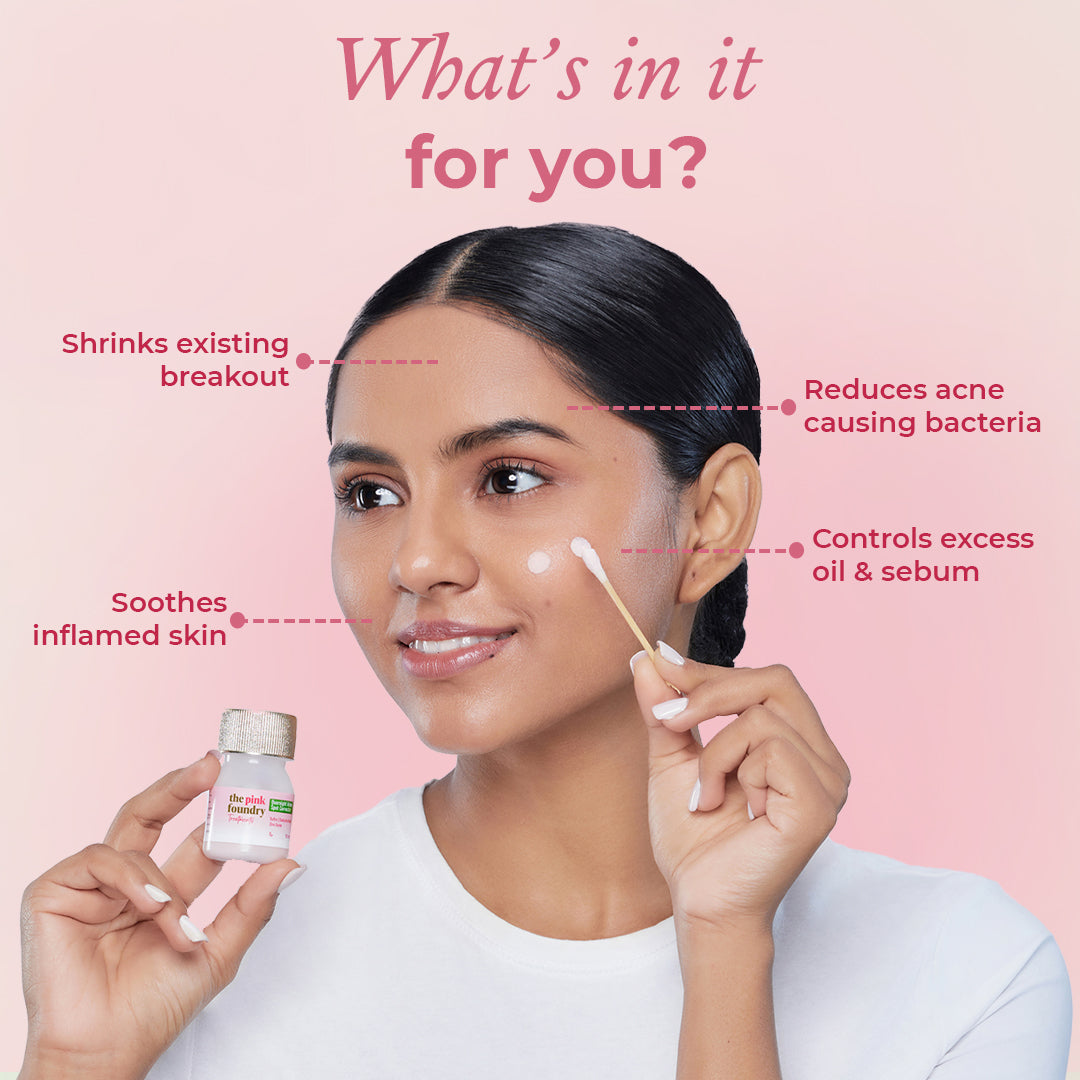

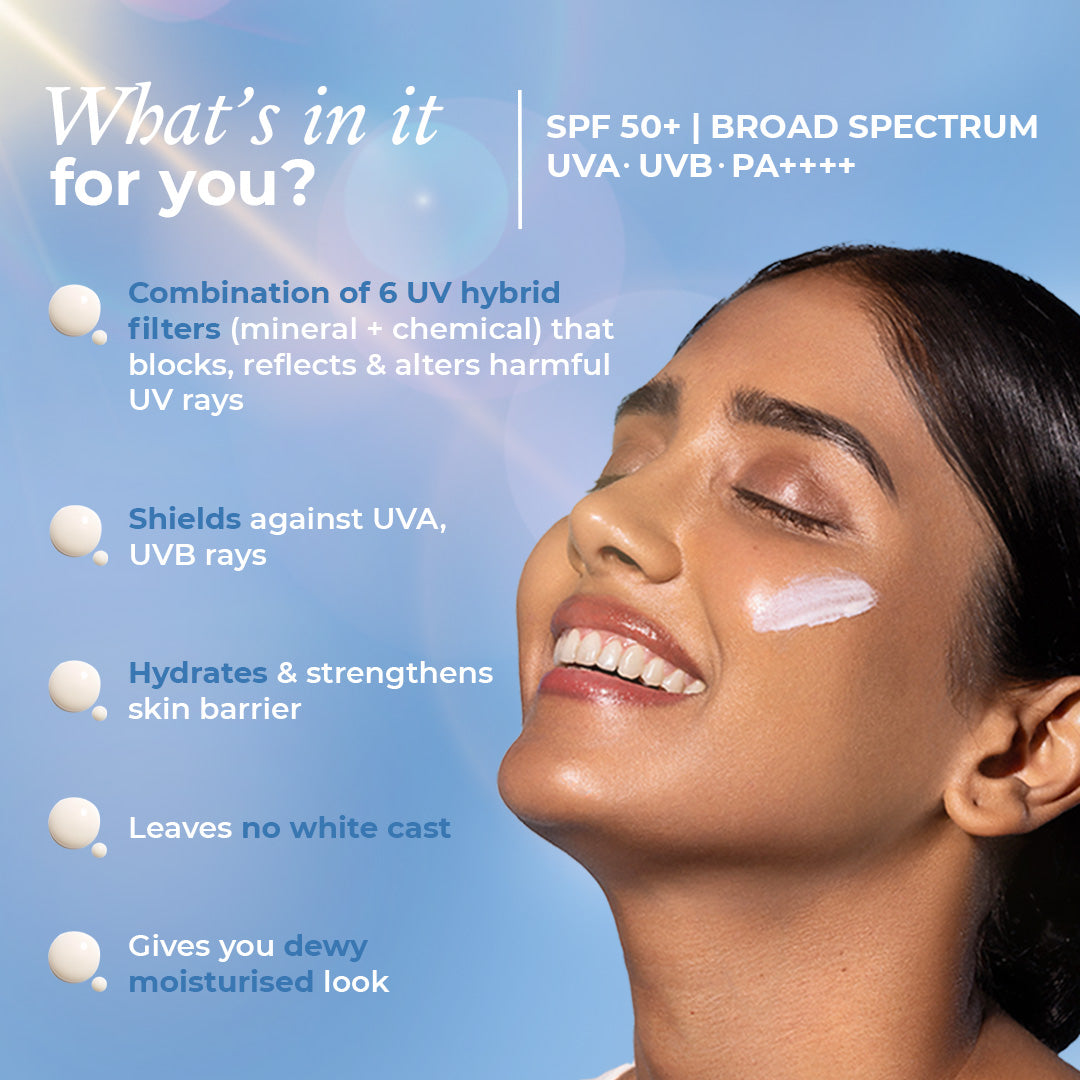
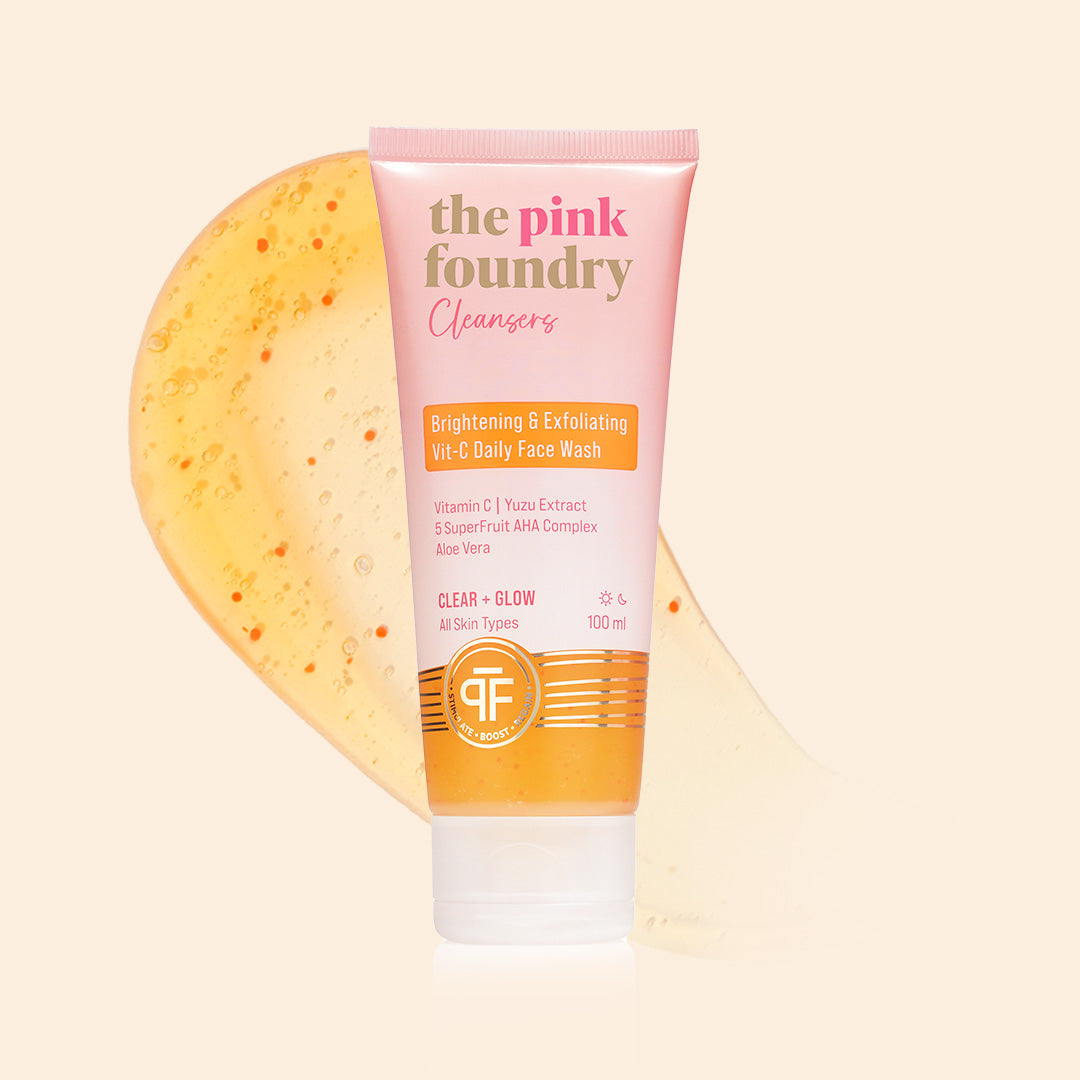

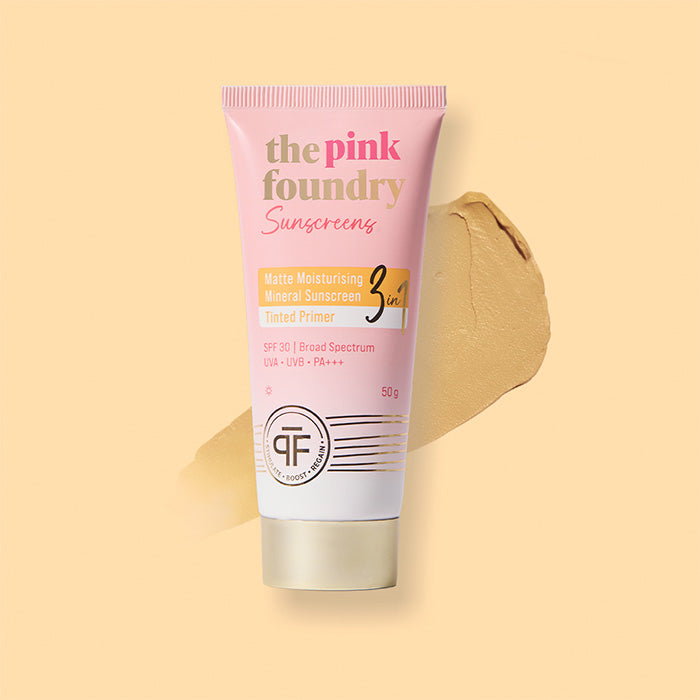

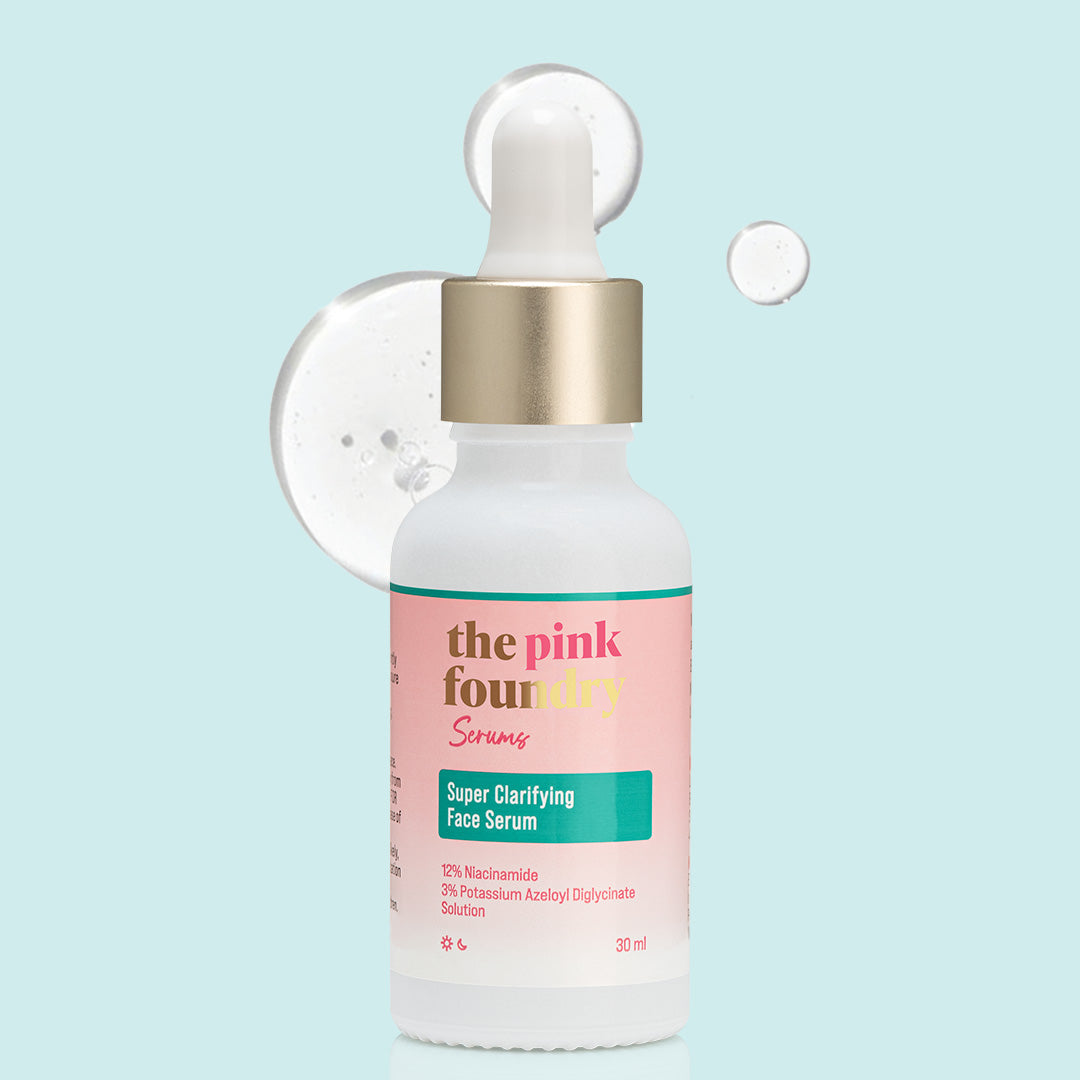
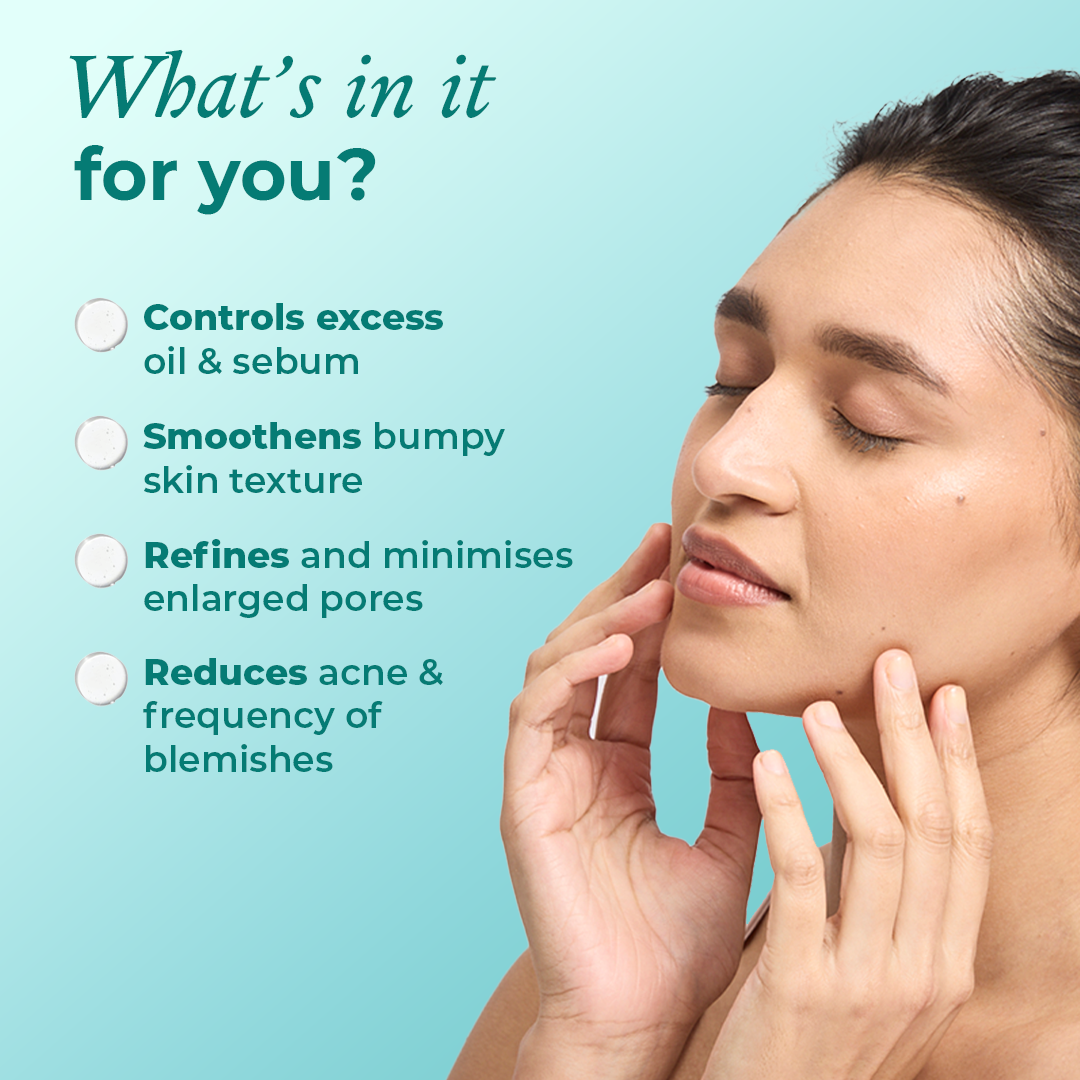

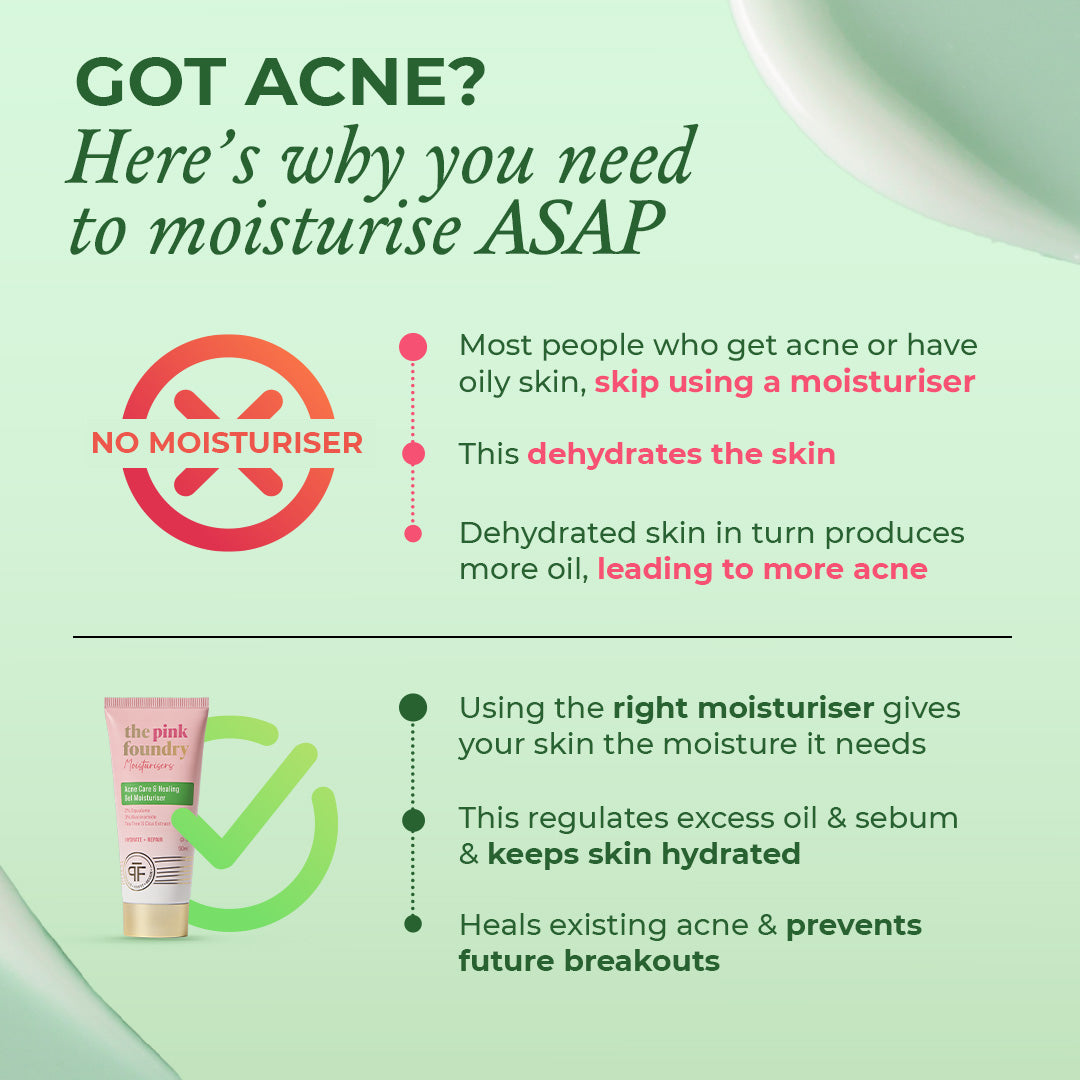
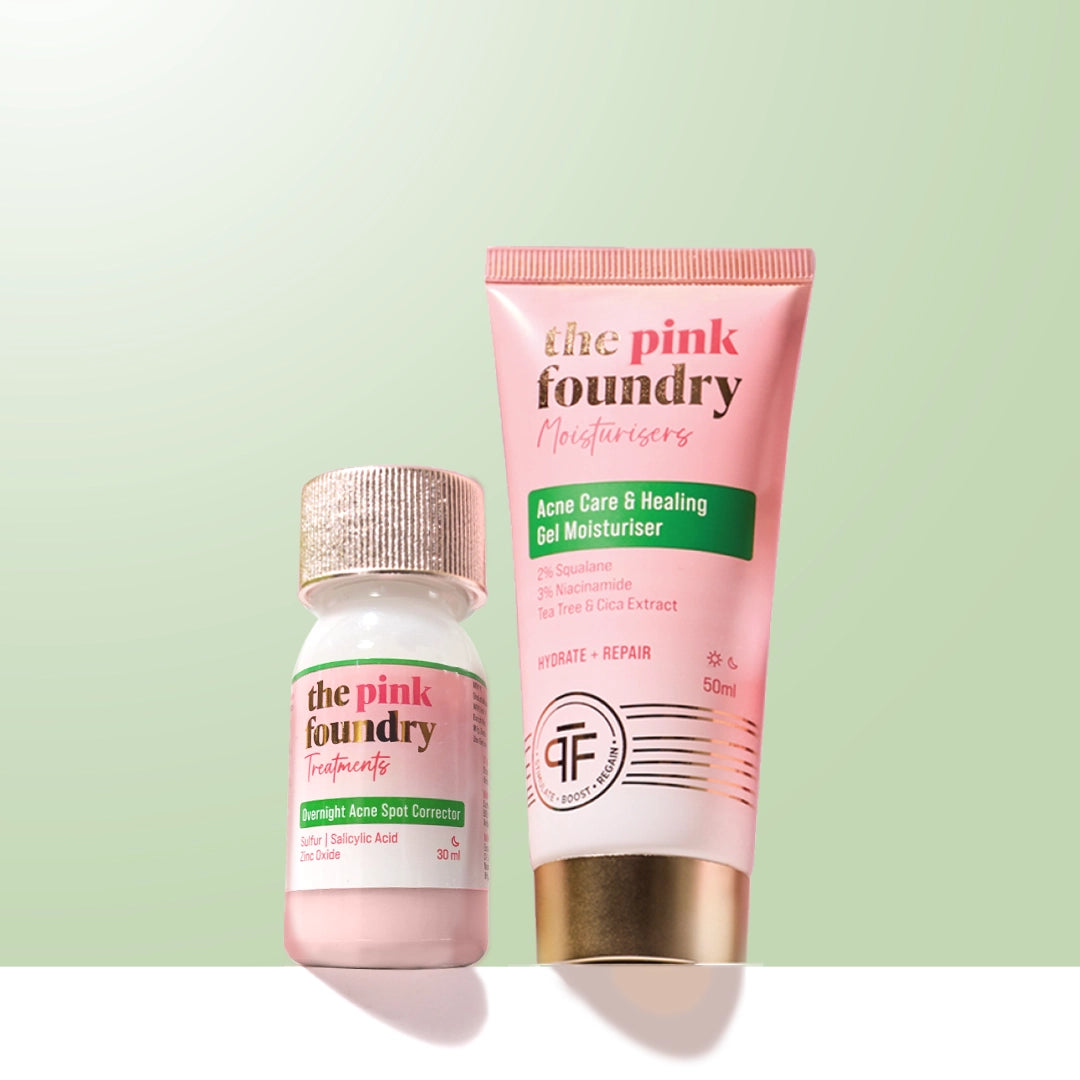
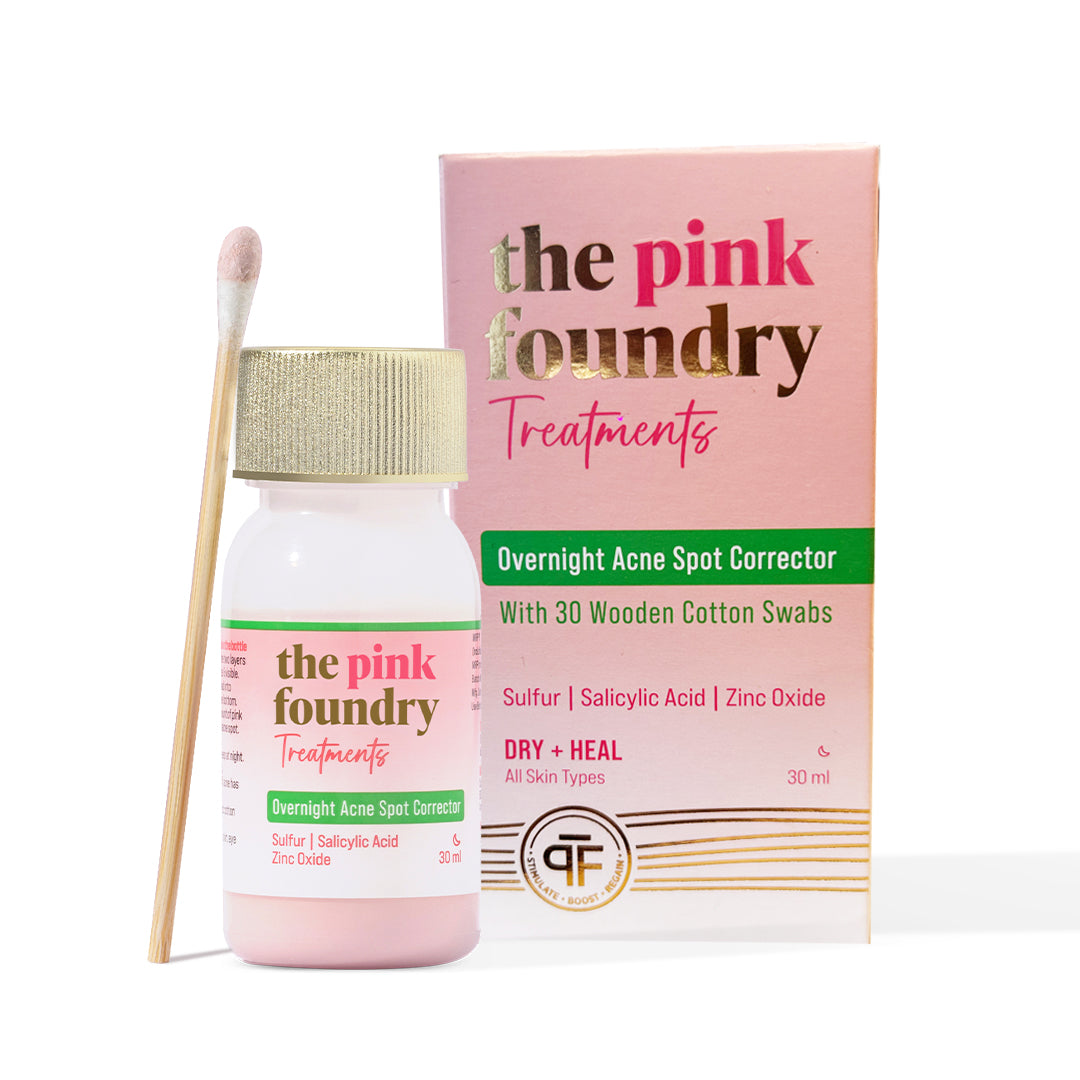
Leave a comment
This site is protected by hCaptcha and the hCaptcha Privacy Policy and Terms of Service apply.